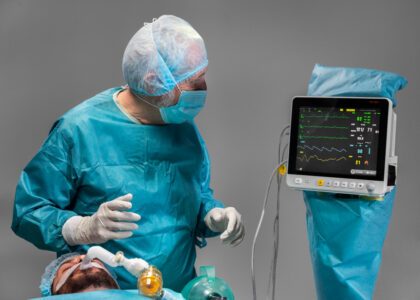Understanding Lipoma and its Surgical Removal
Discovering a growth on your body can be an unsettling experience, especially when it’s diagnosed as a lipoma. Lipomas are generally benign, fatty tumours that often appear just beneath the skin. If your doctor has recommended surgery, it’s natural to have doubts and concerns. This blog aims to shed light on what lipomas are, the circumstances in which surgery may be necessary, and what the surgical process and recovery entail.
Understanding Lipoma:
A lipoma is a non-cancerous growth of fat cells. These slow-growing masses are typically soft to the touch and move easily under the skin. While lipomas are generally harmless, painless and may not require any treatment, some may become bothersome due to their size or location, prompting the need for medical intervention.
When Surgery May Be Necessary:
Symptoms and Discomfort:
Lipomas are often discovered incidentally and may not cause any symptoms. However, if a lipoma becomes painful or limits your range of motion, surgery may be recommended to alleviate discomfort.
Cosmetic Concerns:
Lipomas can be unsightly, especially if they are located in visible areas. If the growth affects your appearance and self-confidence, surgical removal might be considered.
Rapid Growth or Size:
While lipomas typically grow slowly, a sudden increase in size or the development of a large lipoma may prompt surgery to rule out any potential complications or to prevent further growth..
Surgery and Recovery:
Excision Procedure:
We usually perform lipoma removal through a straightforward outpatient procedure called excision. The surgeon makes a small incision, removes the lipoma, and stitches the wound. In some cases, liposuction may be used for removal.
Local Anaesthesia:
Excision is commonly performed under local anaesthesia, minimizing risks associated with general anaesthesia. The procedure is relatively quick, and you can usually return home on the same day.
Minimal Scarring:
We aim for minimal scarring, placing incisions strategically to reduce visibility. Over time, the scars tend to fade, offering a cosmetically favourable outcome.
Recovery Period:
The recovery period is typically short, with most patients able to resume light activities within a few days. Strenuous activities may need to be avoided for a few weeks to ensure proper healing. Every person’s recovery is unique and our surgeons will provide personalised guidance for early return to normal routine.
Facing the prospect of surgery for a lipoma can be overwhelming, but understanding the nature of lipomas, the reasons for surgery, and the straightforward excision procedure can help ease concerns. If you find yourself in this situation, consult the expert surgeons at GKM Hospital. They can provide personalized guidance, addressing your specific needs and help you make an informed decision about whether surgery is the right choice for you.






